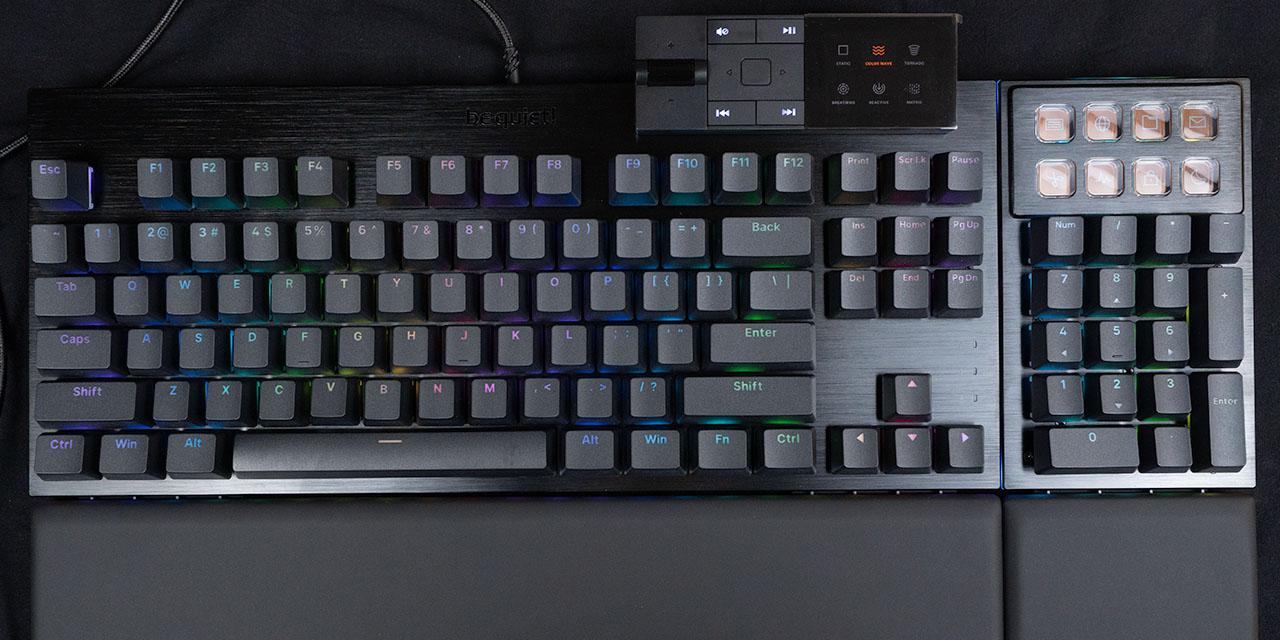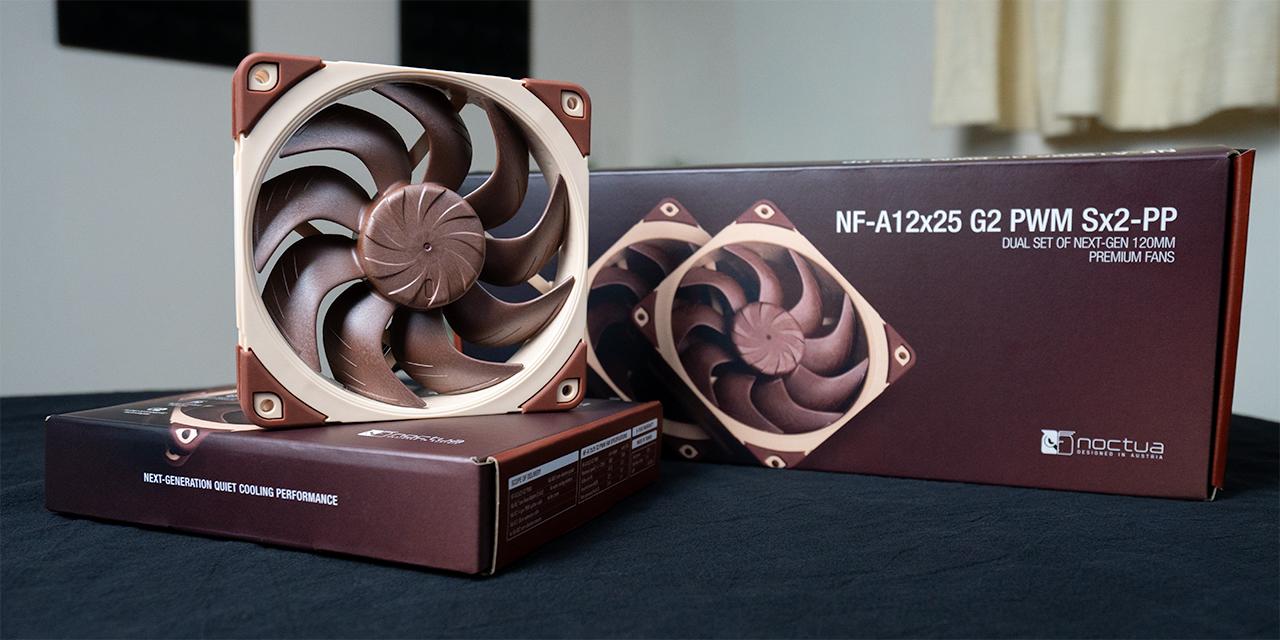Page 3 - Subjective Performance Tests

After installing the mouse, we put it through some subjective performance tests in an attempt to determine how good the mouse really is. These tests were subjective, but we hope through the extensiveness of the tests we will come to an objective conclusion. We tested the mouse in a normal office working environment, and of course, in a few different games. Some graphics testing was done as well by using it in Adobe Photoshop. The games used were Sid Meier's Civilization V, Dota 2, and Counter-Strike: Global Offensive. These games span multiple popular genres of games, which allows us to figure out how well the mouse performs in different genres. The Cooler Master MasterMouse MM530 was also compared to a previous mouse I used, the ROCCAT Kone EMP.
The Cooler Master MasterMouse MM530 is made mainly for a palm grip, and I found it to be comfortable, especially with the heavy weight. The two buttons right next to the thumb were placed in a good position and not too high. This ensured I did not accidentally actuate them, but still comfortable enough to reach. Unfortunately, the feedback they provide feel a little cheap and rubbery, but it is not terrible.
Since the Cooler Master MasterMouse MM530 is a gaming orientated mouse, I started the testing here. For FPS gaming performance, I tested the mouse in Counter-Strike: Global Offensive. The default polling rate was already set to 1000Hz, so there was no need to make any changes. My experiences were really good. The Cooler Master MasterMouse MM530 was really responsive with every flick of the wrist. I usually hover around 700 to 800 DPI in a game such as Counter-Strike, but with this mouse I actually lowered it even further to 600 DPI. For some reason, it took me much longer than usual to find the sweet spot with this mouse, but when I did it performed excellently. Tracking was also smooth. I had the same results in Dota 2, but this time I actually used the buttons on the side of the mouse by my thumb. It was difficult to accidentally actuate any of the side mouse buttons, which is good, but it also stayed close enough to my thumb to be able to comfortably press them. The one closer to the back of the mouse was harder to press, but it is slightly larger than the other button in this location. Overall, both buttons were easy enough to press, but also not too easy. The difference in texture ensured I knew exactly which button I was pressing. For a more laid-back strategy game, I played some Sid Meier's Civilization V, in which the mouse performed just as well as in the other games. The different texture of the side buttons really threw me off throughout use, but did not impact my game negatively, and actually helped me know where the buttons were. Although, I still find it to be a strange design choice.
I encountered no issues with graphical work. It performed similarly to the gaming tests. The normal office usage in a Windows 10 environment was pleasant, and the Cooler Master MasterMouse MM530 was responsive and accurate. The Cooler Master MasterMouse MM530 was precise and consistent for everyday work, continuing its impressive performance not just in the gaming world. In every test, there were no tracking issues either. Furthermore, I enjoyed using a palm grip for this mouse. It was a comfortable experience for everyday office work and for gaming.
Overall, the Cooler Master MasterMouse MM530 performed well in all tests. There was no input lag to speak of, and it was pleasant to use throughout. At 12000 DPI, however, there was a slight amount of jitter. It is hard to tell if this was due to my hand, but it is something to take into consideration. Also, I doubt many people really use a sensitivity of 12000 DPI in the first place. Otherwise, it was a smooth and accurate experience.
Page Index
1. Introduction, Packaging, Specifications
2. A Closer Look - Hardware and Software
3. Subjective Performance Tests
4. Conclusion





